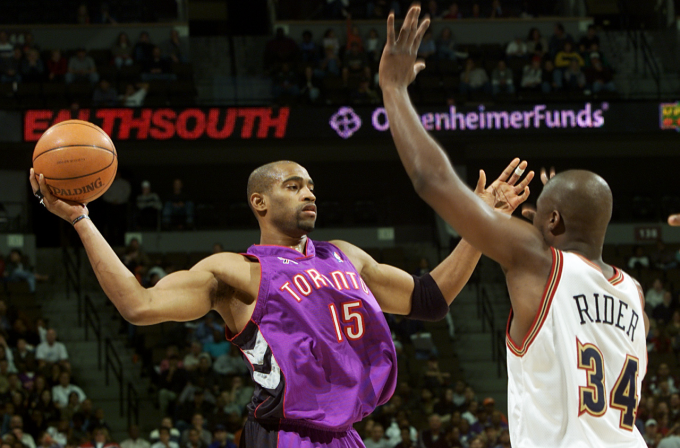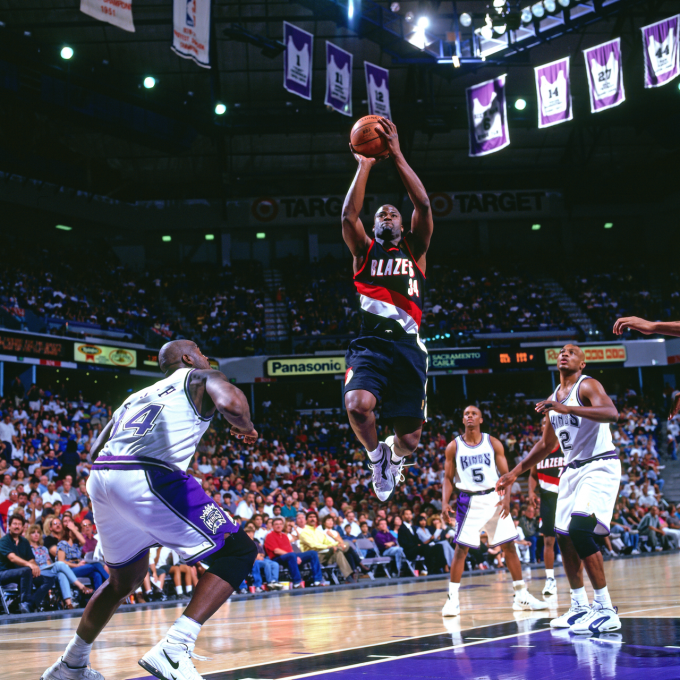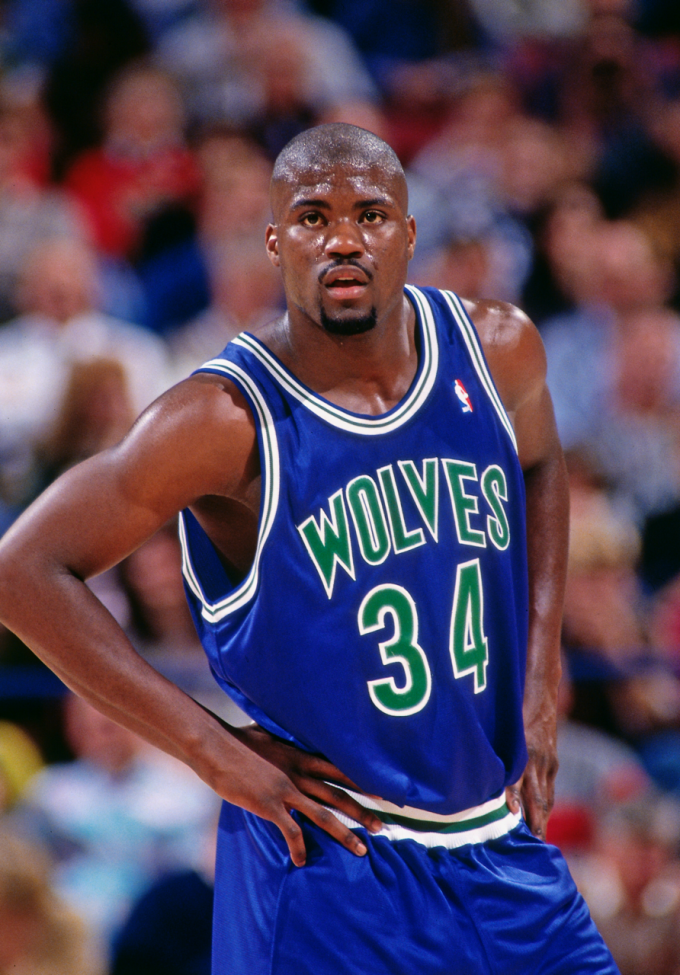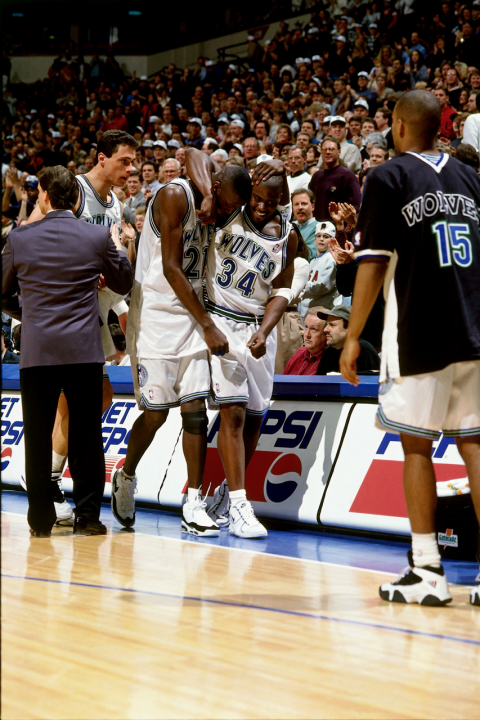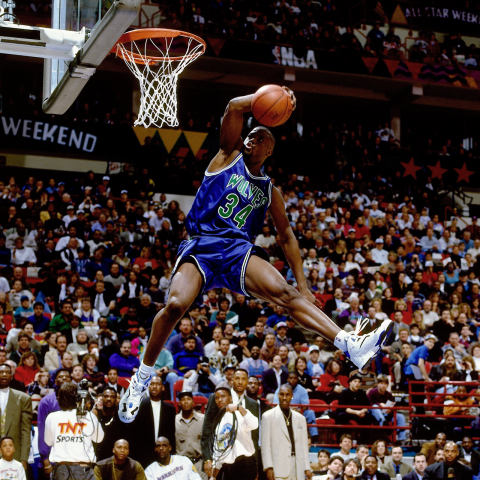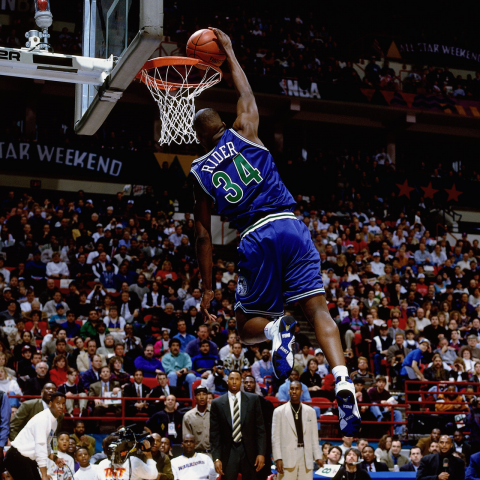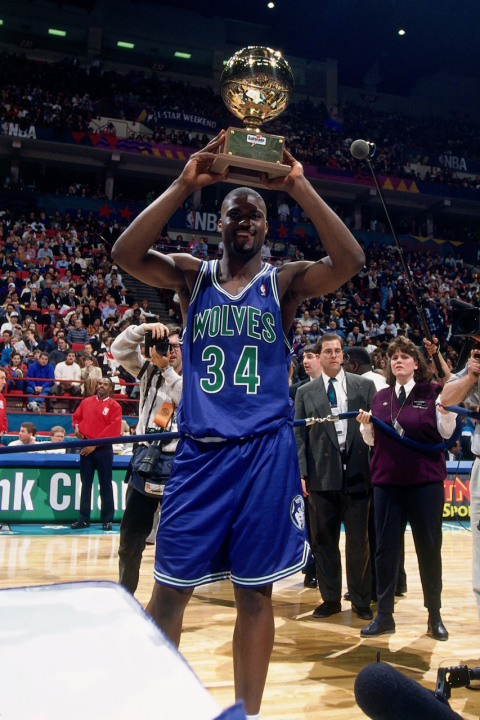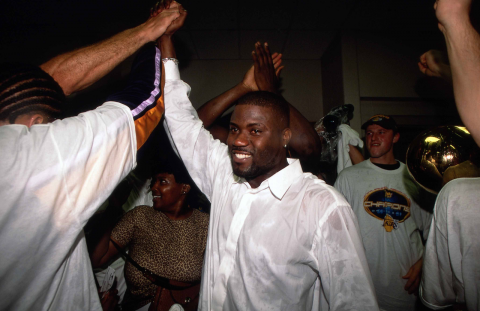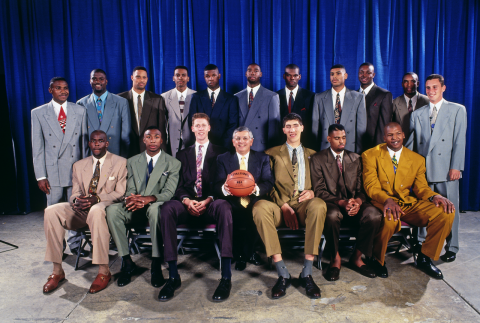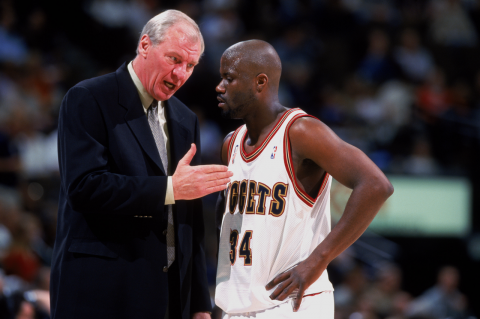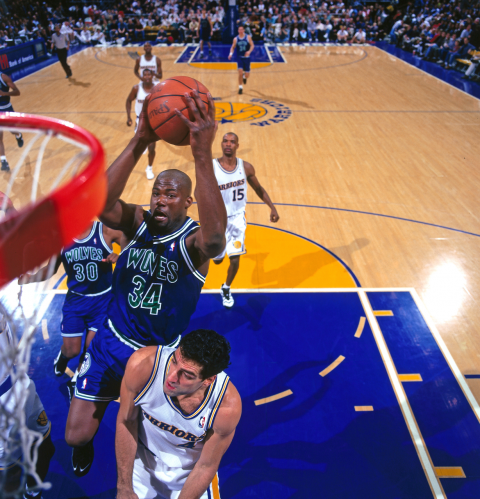Since the invention of the camera in 1816, life’s most significant and cherished moments have been captured, preserving them as frozen snapshots in time. Throughout sports history, iconic imagery has transcended generations, immortalized in books, trading cards, and posters that grace the walls of passionate collectors. These treasured moments aren’t just frozen in time — they have become etched in our memories forever. With the advent of video, the internet, and platforms like YouTube, those frozen moments have been transformed into timeless treasures, allowing sports fans to revisit and relive them just as they did decades ago.
Since the inaugural NBA Slam Dunk Contest in 1976, the greatest dunks in basketball history have been immortalized through the camera’s lens, cementing their place as timeless symbols of the sport’s artistry and athleticism. Posters of Dr. J and Michael Jordan soaring from the free-throw line adorned the walls of young basketball fans everywhere. Equally iconic were the unforgettable images of Dominique Wilkins and MJ executing electrifying windmill dunks during the legendary dunk contests of the late '80s.
